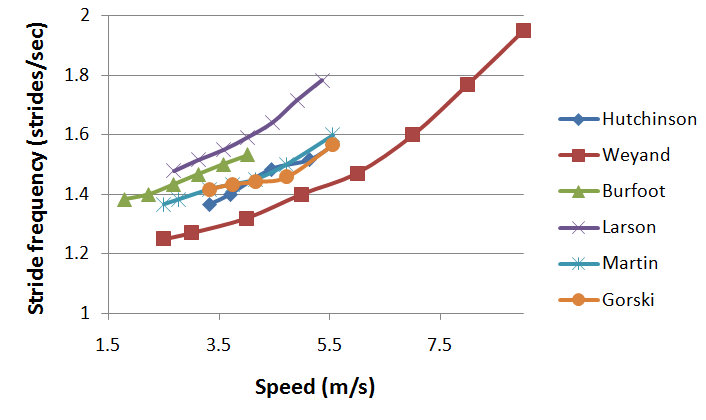THANK YOU FOR VISITING SWEATSCIENCE.COM!
My new Sweat Science columns are being published at www.outsideonline.com/sweatscience. Also check out my new book, THE EXPLORER'S GENE: Why We Seek Big Challenges, New Flavors, and the Blank Spots on the Map, published in March 2025.
- Alex Hutchinson (@sweatscience)
***
I was asked in an interview a few days ago for my take on the “paleo diet,” and I figured I may as well share those thoughts here. I’ll start by saying that I’m not an expert in this area — these are just my impressions from the outside! For anyone who’s interested in the scientific rationale behind it, there’s a very comprehensive review paper that was published earlier this year and is freely available online. Anyway, a few scattered thoughts:
It’s not a diet, it’s a lifestyle. I’ve seen this sentiment expressed on a number of paleo-oriented blogs, and I think it’s a very important point. If you want to argue that humans are uniquely adapted to the paleolithic environment because that’s where we spent the most time, it’s meaningless to just consider one part of that environment. If you spend the day sitting on your couch watching TV, then picking up the phone and ordering an authentic ancestral meal from McPaleo’s isn’t going to make you healthy. The review paper focuses on the following key elements of the paleolithic environment:
- regular sun exposure for vitamin D
- plenty of sleep, in synch with light/dark cycles
- lots of physical activity!
- no exposure to pollution
- fresh, unprocessed food
- short bouts of acute stress (tiger!) rather than chronic stress
All of this stuff sounds great — I’m absolutely in favour of every element of this lifestyle.
Plants vs. animals. In the fantasies of some people, going paleo means you get to eat enormous Fred Flintstone-style chunks of meat — for every meal. Not quite: here’s a passage from a paper published in the British Journal of Nutrition last year:
[I]n contrast to common belief, hunting probably played a less dominant role from a nutritional point of view compared with gathering, and on average, it makes up 35% of the subsistence base for present-day worldwide hunter–gatherers, independent of latitude or environment.
This is a point picked up by David Katz in an article earlier this summer: you’re still going to eat, as Michael Pollan would say, “mostly plants.”
The evils of wheat and dairy, and the pace of evolution. Okay, this is where I believe we start to drift away from well-supported science and into the realm of unsupported hypotheses. The basic idea is that, since humans only started farming about 11,000 years ago, our genome hasn’t had time to adapt to these foods. Moreoever, grains like wheat actually contain “antinutrients” that hinder proper digestion and cause chronic inflammation — in everyone, not just those with celiac disease or gluten sensitivity. These results are not widely accepted — or at least, I personally don’t find the evidence convincing.
Moreover, 11,000 years — or 366 human generations — is actually quite a long time. As a result, for example, it’s well understood that the gene allowing for humans to digest milk was selected through evolutionary pressure in populations that domesticated cows. The review paper I mentioned above notes this as a “key exception” to what they otherwise claim is the rule that humans haven’t had time to adapt to agriculture. I, on the other hand, would view it as “key evidence” that humans have had time to adapt to agriculture. Obviously, not all modern humans can digest milk — and those who can’t shouldn’t drink it! But I see no evidence that those who can drink milk should avoid it. Same goes for wheat: it’s certainly true that some people can’t process it adequately, but I’m not convinced that it’s full of antinutrients that are secretly poisoning the rest of us.
Overall, as Stephan Guyenet pointed out in his discussion of the review paper, the evidence seems to support the idea that “the main detrimental change was not the adoption of agriculture, but the more recent industrialization of the food system.” In other words, the diet we should be seeking to emulate is pre-1850, not pre-10,000 BC — which, not coincidentally, once again sounds a lot like Michael Pollan’s advice: don’t eat anything your grandparents wouldn’t recognize as food.



